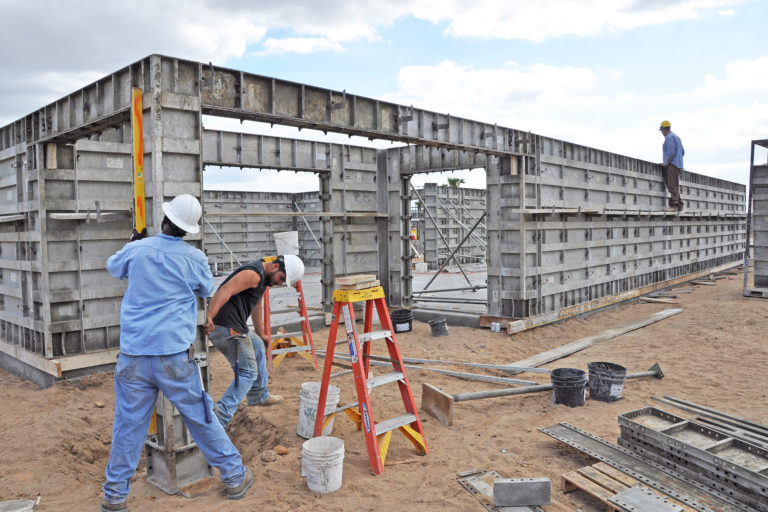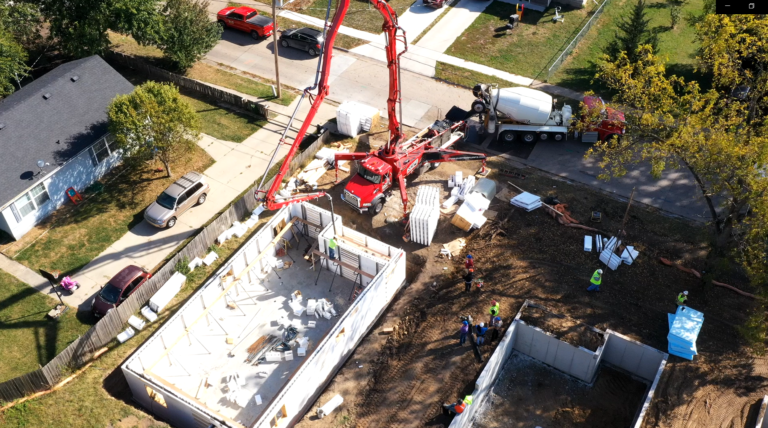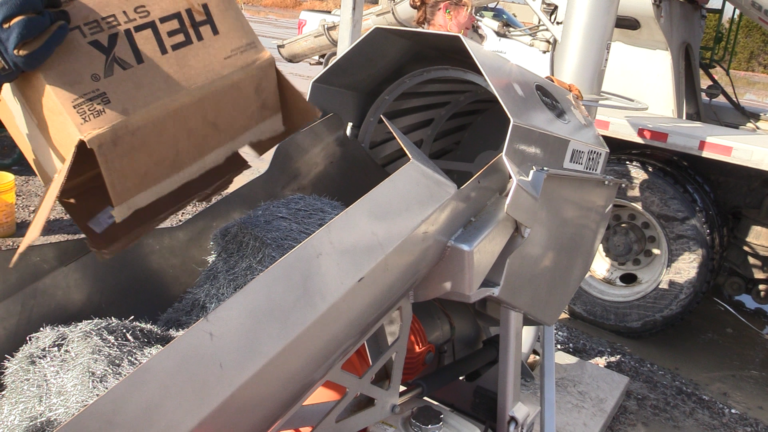There’s an innovative solution to conventional labor-intensive, time-consuming processes in ICF construction and it’s only produced by Helix St
The use of steel-fiber reinforcement as an alternative to conventional reinforcement of various concrete structures has been limited in the construction industry. This is because of the fact that, unlike traditional reinforcement, the performance characterization of steel-fiber concrete is not standardized, because the fibers are distributed throughout the concrete section. Whereas direct tensile resistance is the performance measurement required for design, the steel-fiber industry has yet to actively employ direct tensile testing of steel fibers. The tensile response of steel-fiber-reinforced concrete has been investigated. The primary purpose of this paper is to present a robust new direct tension test method. This method is able to determine the uniaxial tensile response of steel-fiber-reinforced concrete. The method uses a three-dimensional “hourglass”-shaped tapered specimen. This paper also focuses on developing a practical method to determine the average tensile force per fiber.The use of steel-fiber reinforcement as an alternative to conventional reinforcement of various concrete structures has been limited in the construction industry. This is because of the fact that, unlike traditional reinforcement, the performance characterization of steel-fiber concrete is not standardized, because the fibers are distributed throughout the concrete section. Whereas direct tensile resistance is the performance measurement required for design, the steel-fiber industry has yet to actively employ direct tensile testing of steel fibers. The tensile response of steel-fiber-reinforced concrete has been investigated. The primary purpose of this paper is to present a robust new direct tension test method. This method is able to determine the uniaxial tensile response of steel-fiber-reinforced concrete. The method uses a three-dimensional “hourglass”-shaped tapered specimen. This paper also focuses on developing a practical method to determine the average tensile force per fiber.
More News

Building Better Homes Starts with ICF and Helix Micro Rebar

The Better Way to Build in Every Direction
Whether you’re building below-grade or above-grade, the tiny twisted concrete reinforcement known as Helix Micro Rebar is taking the construction world in new directions

Is Your Business Still Living in the Rebar Age?
If you’re in the construction industry to improve buildings, revolutionize processes and work smarter, it may be time to rethink your concrete reinforcement.

